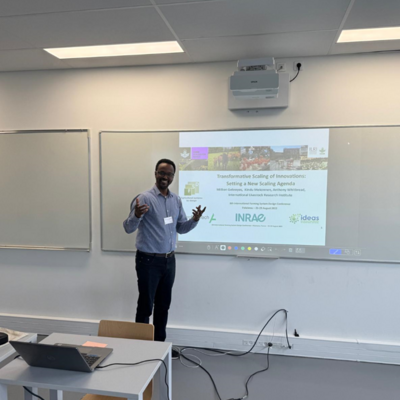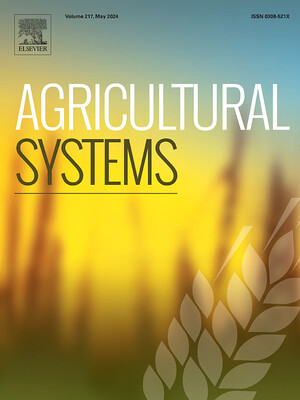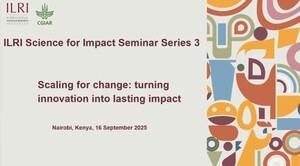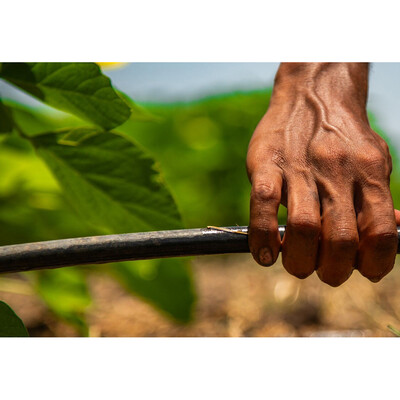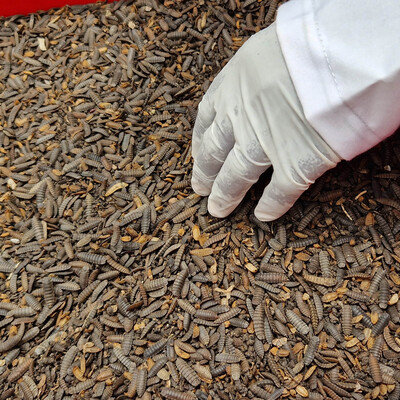
Unravelling value chains through participatory modelling: part 3
This blog is the third and final of a three-part series on the system dynamics (SD) modelling technique and its use at the International Livestock Research Institute (ILRI).
Today we speak with Jared Berends, a PhD student from Lincoln University who is researching pro-poor value chain upgrading strategies using the SD modelling technique in Myanmar. The Tanintharyi Regional Rural Income Livelihoods and Diversification (TRRILD) project is funded by the New Zealand (NZ) Ministry of Foreign Affairs and is implemented by World Vision New Zealand, VisionFund, Lincoln University and ILRI over a five-year period (2017-2022). The TRRILD project aims to identify and implement pro-poor interventions in targeted value chains (pigs and paddy) in the townships of Myeik and Palaw in southern Myanmar to increase the incomes and diversify the livelihoods of over 6,000 households. In this blog, Berends takes us through the process, successes and future prospects of the TRRILD project in light of the SD technique’s use.
 Reference group members review data and stock and flow diagrams developed during project workshops (photo credit: Lincoln University/ Jared Berends).
Reference group members review data and stock and flow diagrams developed during project workshops (photo credit: Lincoln University/ Jared Berends).
1.How are you using the SD modelling technique and what are some of the striking findings from the current survey?
We have been using the participatory SD modelling technique to map out the pigs and paddy value chains in Myeik and Palaw townships in southern Myanmar. Through the involvement of value chain actors in group modelling, it became evident that small-scale pig farmers are in effect ‘price takers’, exerting limited influence on the price of live pigs. By using participatory SD approaches, the team established that historically pig prices were rising slowly until local slaughterhouses began importing live pigs from other regions in the country. After some years of steady prices, these imports were banned due to a disease outbreak, causing local farmers to rapidly invest in their farms in response to the short supply and high prices. Once the import ban was no longer enforced the sudden importation of pigs forced live pig prices down and many local farmers exited the industry. At the time of survey, only 30% of pigs in the market were being produced locally.
In the paddy rice value chain, we established that it is a high debt system and 40-60% of paddy production is sold immediately post-harvest in order to pay off term loans or informal loans from money lenders. This greatly disadvantages farmers as they are unable to store paddy and take advantage of the 30-40% price increase received from selling later in the year.
 Reviewing the stock and flow diagram of paddy farmer investment dynamics with feference group members in Palaw (photo credit: Lincoln University/Jared Berends).
Reviewing the stock and flow diagram of paddy farmer investment dynamics with feference group members in Palaw (photo credit: Lincoln University/Jared Berends).
2. What makes these findings different from those using other survey techniques?
The SD modelling technique stands out from typical survey techniques in that they it is highly participatory. This allows researchers to dig deeper into the matters under study and offers an opportunity for follow up during the interactions with value chain actors to understand the relationships between causes and effects of problems and how the value chain has changed over time. Normal surveys are often one-time encounters between scientists and respondents with limited chance for interactions among other sector players. In the participatory approach that we used, we brought together various actors from the two value chains including local producers, brokers, paddy millers, butchers, wholesalers and retailers.
They discussed and agreed on the model that represents their understanding of the value chain system. For most actors it was the first time they had interacted with other members of the value chain and exchanged their ‘mental models’. In participatory SD modelling, stakeholders can voice their possible solutions which are also debated on, hence facilitating learning. For instance, during the first workshop, there were many disagreements about why the farm gate price of live pigs has oscillated in recent times. Many actors blamed one another but following the construction of the system model, there was consensus that the system drove the behaviour rather than any individual within the chain.
3. Where and how is it being applied? Give us examples of work undertaken and the results achieved.
We are currently developing quantitative SD models using output from the participatory processes. This is in a bid to select potential upgrading schemes that can be applied in the two value chains during the implementation phase of the project. The results will then be shared with project partners in mid 2019 for analysis and final selection of upgrading strategies. The selection process is targeting a small number of high-impact interventions that are likely to do the most to change livelihoods and increase incomes within the five-year project period. The implementing partner, World Vision, will conduct the implementation phase.
 Simplified stock and flow diagram representing the investment dynamics for the pig value chain in Palaw, Myanmar (photo credit: Lincoln University/ Jared Berends).
Simplified stock and flow diagram representing the investment dynamics for the pig value chain in Palaw, Myanmar (photo credit: Lincoln University/ Jared Berends).
4. What are the future plans?
The future plans include efforts to continually monitor the results availed by the implementing partner. This will allow the TRRILD team to update the SD model over the next two years and compare the SD model’s results with observable changes in the value chain as a result of the project’s implementation/intervention activities.
Berends appreciates that it has been a steep learning process for all participants. Being a participatory process, it has taken a long time to develop concept models. But he is optimistic that because the results of the survey have been developed from a participatory process involving various value chain actors from the local community, this will increase project ownership and yield a greater impact.
Read the first blog here
Read the second blog here






